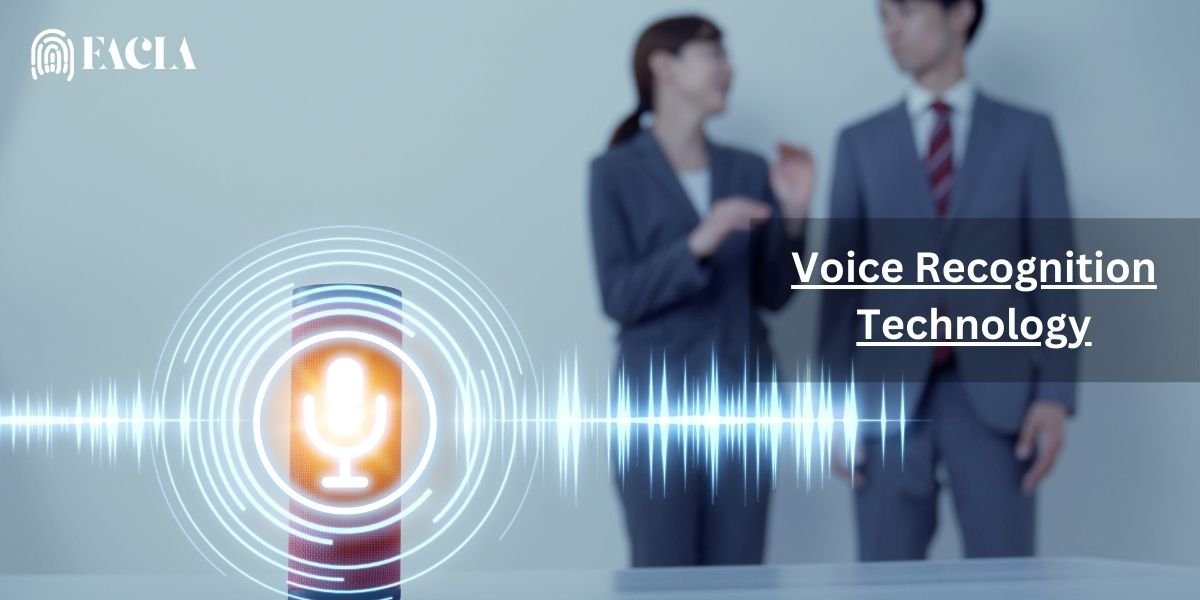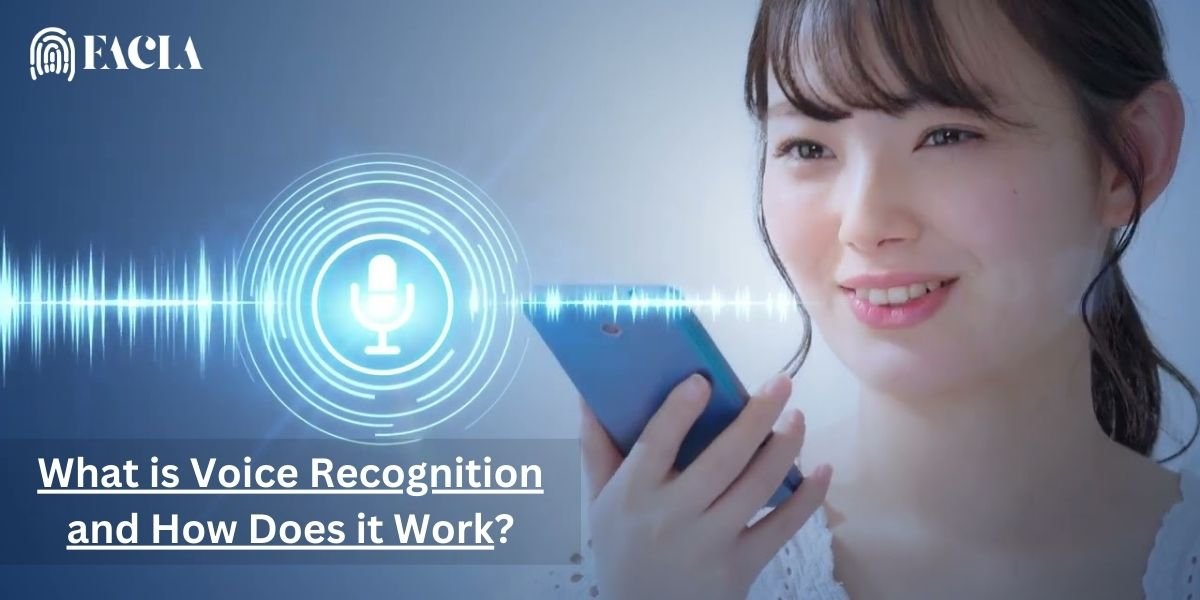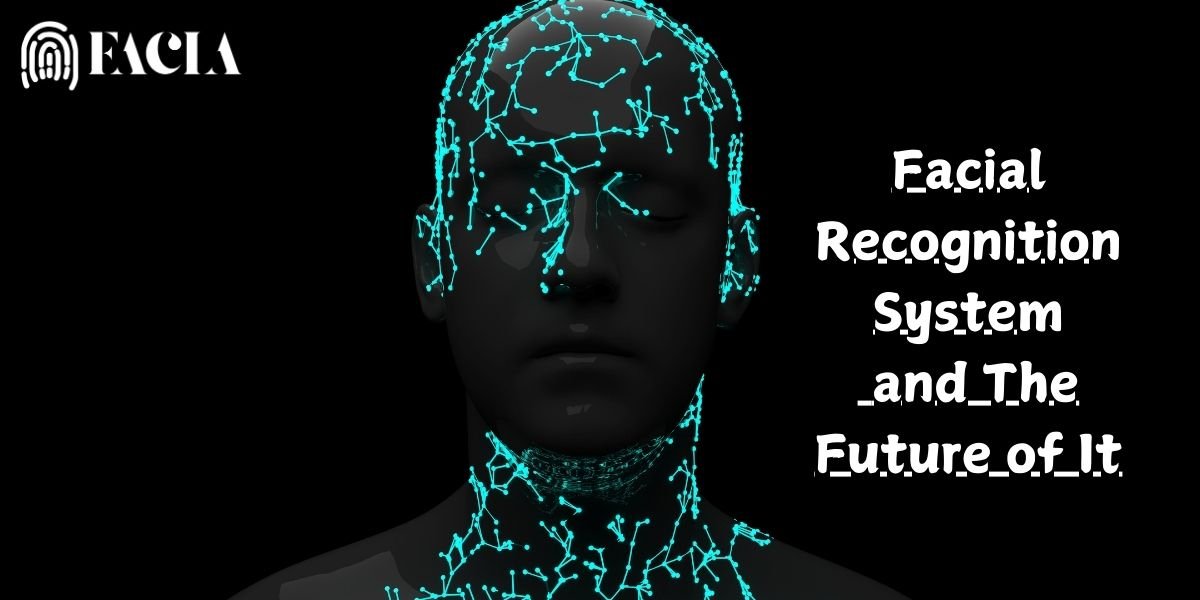Voice recognition technology is a biometric verification technique that identifies and distinguishes individuals through the voice. This article will explore how voice recognition works in the real world and how it is different from speech recognition.
Understanding Voice Recognition Technology
Voice Recognition is an automated, computer-based biometric verification technique that distinguishes, identifies, and authenticates a speaker through their voice. Artificial intelligence (AI) helps the voice recognition system to distinguish the voice by understanding the frequency, pitch, and accent of the individual.
Voice Recognition vs Speech Recognition
While they share similarities, voice recognition and speech recognition operate differently. Voice recognition is the software or device that distinguishes and identifies the speaker. On the other hand, speech recognition software or devices use a large dictionary to understand what a speaker is saying.
There are many applications where both voice recognition and speech recognition work together. We have discussed these applications in the “The Examples of Voice Recognition Systems” topic.
Continue reading to explore more about voice recognition technology!
Voice Recognition History
It’s easy to say that voice recognition has made good progress over the past few years. However, in reality, work on this technology has been ongoing since the 1950s. The advanced form of voice recognition technology we see in our everyday devices today is the result of the hard work of many scientists and mathematicians. Let’s take a look at the remarkable history of voice recognition technology.
- 1950s—In 1952, the Bell Laboratories designed “Audrey” as a system capable of understanding spoken numbers.
- 1960—Ten years later, in 1962, at the Seattle World Fair, IBM introduced a “Shoebox” that could understand 16 words spoken in English.
- 1970s—In 1971, IBM invented the first “Automatic Call Identification System” that enabled engineers to talk with machines. When engineers pass a command over a microphone, they get a reply from the machine through the speaker. After five years of research on the DARPA SUR (Speech Understanding Research) program, Carnegie Mellon developed a “Harpy” speech system. This system could understand 1011 spoken English words.
- • 1980s—Toys with a speech recognition system first hit the market in the 1980s. Some of these popular toys include the Teddy Ruxpin (1985), the Julie doll (1987), and the Talking Mickey Mouse (1986).
- 1990s—The fastest microprocessors and the common use of personal computers give a significant boost to voice recognition technology. In 1990, a company, Dragon Systems, launched voice recognition software named “DragonDictate” for Windows PCs. In September 1996, IBM invented MedSpeack, the first real-time continuous speech recognition system as a commercial product.
- 2000s—Microsoft integrated speech recognition technology in MS Office in 2002. In the 2000s, Google started working on voice recognition and launched the first voice search app, “Google Voice Search,” for iPhones in 2008 and for Android phones in 2010. This system was able to understand 230 billion English words.
History demonstrates the connection between voice recognition and speech recognition technologies, as well as their respective research. The advancements in AI and machine learning show that the future of voice recognition technology is bright. Voice recognition technology will soon be integrated into modern homes and workplaces, enabling people to perform various administrative and security tasks with just a voice command.
How Does Voice Recognition Work?
Modern voice recognition systems work along with speech recognition. They not only understand the unique pattern of a speaker’s voice, but they also smartly understand what the speaker says. The steps below show how a voice recognition system works to enhance security:
- Register Your Voice: For the very first use, the system requires an authentic person to feed his voice. The system may ask you to speak multiple times to understand your voice characteristics (pitch, tone, fluency, and speed) more accurately. After that, the system automatically creates a voiceprint and stores it for future biometric verification attempts.
- Input Voice: When the speaker passes a command over a microphone, the voice recognition system transfers the audio (analog signal) for the next process.
- Audio Preprocessing: The system enhances the audio by removing noise and converting the analog signal into a digital signal.
- Feature Extraction: The system analyzes these digital signals to extract the voice features, like pitch, tone, frequency, and speed. Then it makes a voiceprint of the voice features.
- Authentication & Verification: The system matches the voiceprint with the registered voice for identification and authentication. It helps the system to decide whether to accept or deny the command.
- Command Processing: The system converts the spoken words into text if it recognizes the voice as authentic. Then by using AI, the system interprets the command and response accordingly.
Examples of Voice Recognition Systems
Google Assistant
Voice Match is a popular AI-powered virtual assistant that enables users to control their Android devices (mobile, tablet, and TV) through voice commands. One of this tool’s features, Voice Match, allows users to train their Android devices to recognize their voice and commands. Some home automation devices also include Google Assistant, which enables users to control their home using voice commands.
Apple Siri
Siri is a personal voice-controlled assistant that is designed by Apple for their devices, e.g., iPhones, iPads, Apple Watches, MacBooks, etc. It uses machine learning and natural language understanding (NLU) to enable Apple users to control their devices over a voice command. Before activation, it provides a prompt to say, “Hey Siri,” so it can recognize your voice.
Amazon Alexa
Amazon developed Alexa, a powerful virtual assistant, in November 2014. It’s primarily found in Amazon’s Echo devices, e.g., the Amazon Echo smart speaker, Echo Dot, and Echo Hub. However, smart home devices such as the Amazon Smart Thermostat and Smart Light also incorporate it. Alexa uses cloud-based AI to process and respond to voice commands.
Pros and Cons of Voice Recognition
Pros
- Hands-free Operation: You don’t need to move or use your hands to turn on lights or control other smart home appliances. You can just say using your mobile or some home automation devices comes with a built-in mic.
- Improves Accessibility: The devices are more accessible and easy to use with a voice recognition system. For example, a voice command can replace typing or opening an app to view your favorite show on a smart TV.
- Multitasking: You can do multiple tasks with the help of a voice assistant on your device. For example, you can control and perform certain tasks on your smartphone while driving without taking your hands off the steering wheel.
- Easy Writing: With the help of AI and machine learning, voice recognition technology enables the user to write electronic docs by speaking.
- Voice Assistance for the Disabled: Users with sight problems or any other disability can easily interact with the device using their voice.
- Enhance Security: It provides an extra layer of security in Multi-Factor Authentication (MFA).
Cons
- Accuracy Issues: Background noise, poor quality of sound from the mic, or variability in fluency can negatively impact the performance of the system.
- Security Risks: An unauthorized person can get access by using a recorded voice or an authentic person. Also, some people can change their voices exactly like other people’s voices.
- High in Cost: The devices that come with built-in voice recognition technology are much more expensive than regular products.
- Internet Dependent: Some voice recognition systems use cloud-based AI processing that requires the Internet to work.
Future of Voice Recognition Technology
Voice recognition technology will become an essential part of daily life for everyone. People will prefer voice-enabled devices or home appliances over simple ones to enhance accessibility and improve their experience. From controlling lights and thermostats to managing security systems through voice commands, it will make homes more luxurious and innovative. As advancements in AI and machine learning improve day by day, voice recognition technology will become more secure, reliable, and widely adopted.
Read More:





